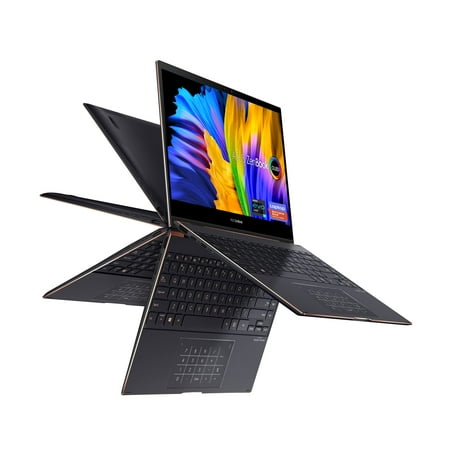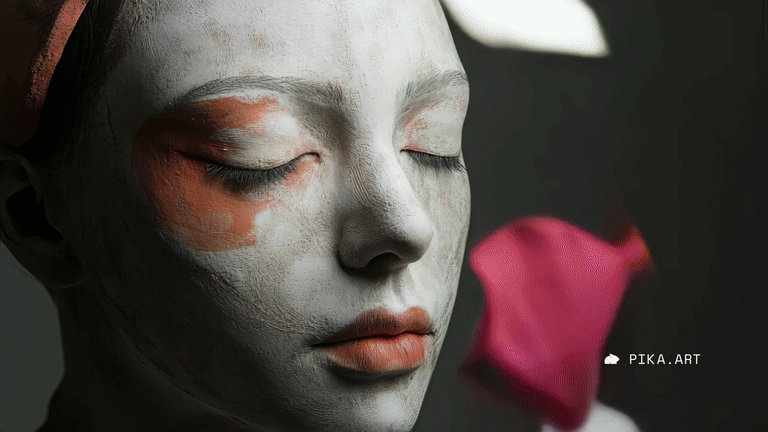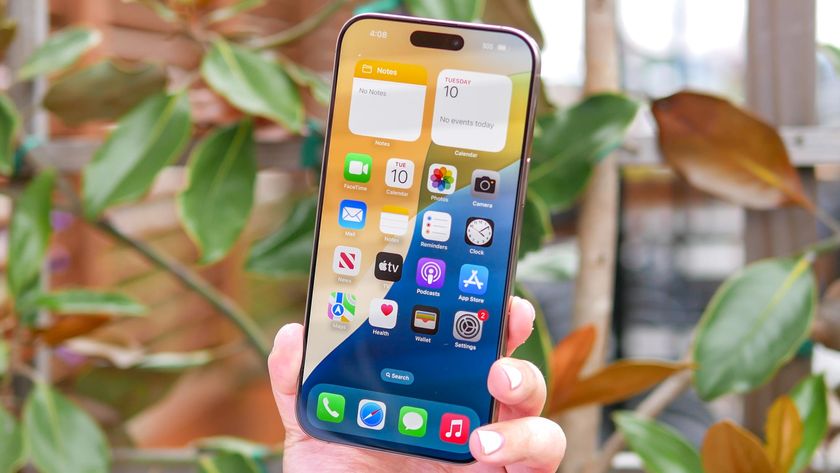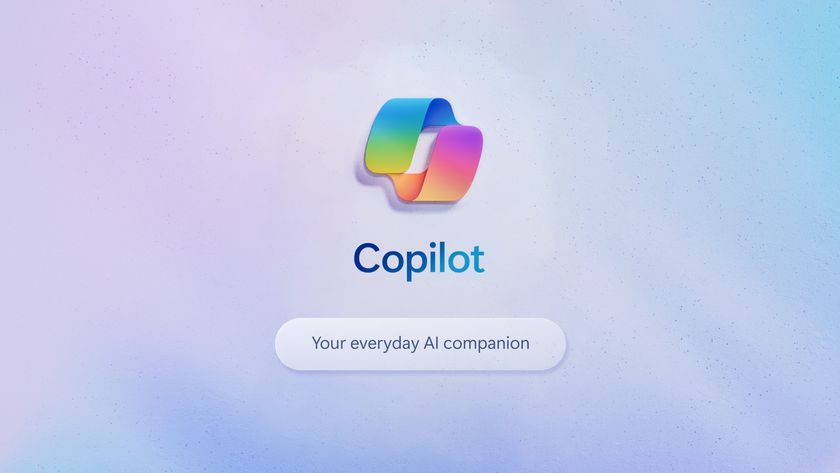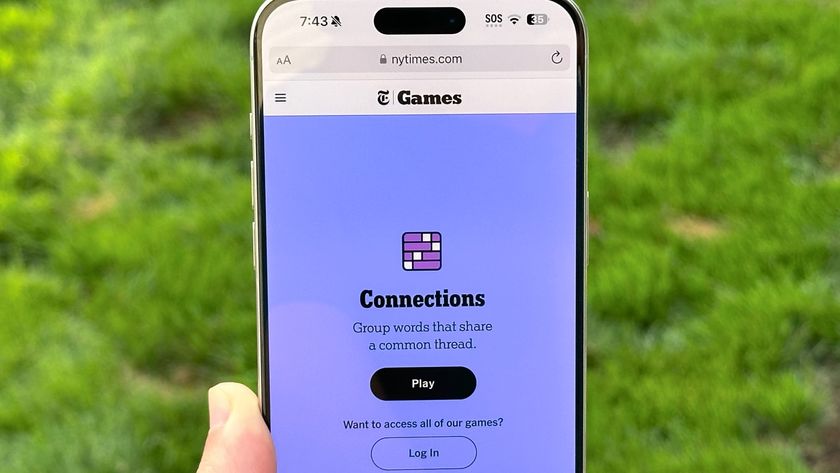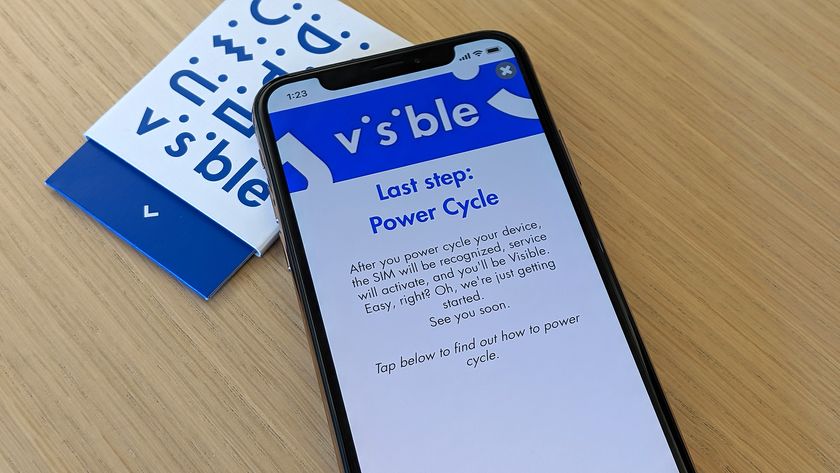Luma drops Dream Machine 1.5 — here’s what’s new
Use AI to animate your name

Luma Labs Dream Machine has had an upgrade, although you might not see a difference on the surface. The change is an upgrade to the underlying model, taking us to version 1.5 and offering better realism, motion following, and prompt understanding.
The startup shook up the AI video landscape when it launched out of stealth in June this year, offering better prompt adherence, more realistic motion, and improved text-to-video photorealism. It quickly became a favorite of AI video creators.
Since its inception, and showing just how fast the AI landscape moves, we’ve seen upgrades from Runway, Kling's launch, and upgrades to Haiper’s AI video model and platform. Pika has also seen an update to its image-to-video model.
With version 1.5, Luma AI is showing that it has no intention of resting on its early success, bringing its text-to-video up to similar levels of realism as Runway Gen-3 Alpha and Kling AI.
Text rendering in Dream Machine v1.5
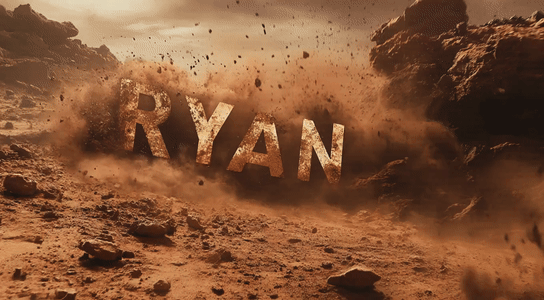
Luma has also improved prompt adherence, text-to-video generation, and more realistic human movement, giving its model better text rendering capabilities.
This means it could generate logo screens, end boards, or even graphics you could drop into a PowerPoint presentation, all from a simple text prompt.
Getting legible text from Dream Machine is the same as getting legible text from Midjourney or any AI image generator; just put the words in double quotes and be descriptive.
Sign up to get the BEST of Tom's Guide direct to your inbox.
Get instant access to breaking news, the hottest reviews, great deals and helpful tips.
The results can be hit and miss, especially if you try to push it. I asked Dream Machine to generate the word "Cats in Space," bouncing on the moon with cats in space suits on either side.
It did exactly what I asked, but I wasn't descriptive enough to have it generate the words in a line rather than stack them. It also didn't bounce; I made a weird zoom motion instead. It copied this same motion when I asked it to show my name, appearing letter-by-letter out of the sand.
Even though the motion of the text or layout wasn’t exactly what I wanted, the words were fully legible in every test I ran. If you want it to reflect a specific style, I’d use an image as the prompt.
Improved quality in Dream Machine v1.5

Before I get on to the quality, I should also point out that Dream Machine v1.5 is significantly faster than its previous version. It can generate five seconds of video in about two minutes.
The most noticeable change is the level of realism, both the visual and motion quality. I ran a few different tests, including of an old woman underwater, a tiger in the snow and a drone flythrough of a castle and in each case, while there were issues, it was better than v1.
The final noticeable upgrade is in character consistency across the video generation, including through extensions. This includes motion consistency and adherence to real-world physics.
One thing to note with Dream Machine. It is very good at enhancing your prompt, but if you give it a long, descriptive prompt, make sure to untick the enhance prompt box, or it can get confused or overcomplicate things.
Overall, it isn’t an upgrade on the scale of Runway Gen-2 to Runway Gen-3, as that was a massive leap across the board. Still, it is significant enough to be noticeable and help keep Dream Machine in the top ranks of generative AI video platforms.
More from Tom's Guide
- Apple is bringing iPhone Mirroring to macOS Sequoia — here’s what we know
- iOS 18 supported devices: Here are all the compatible iPhones
- Apple Intelligence unveiled — all the new AI features coming to iOS 18, iPadOS 18 and macOS Sequoia

Ryan Morrison, a stalwart in the realm of tech journalism, possesses a sterling track record that spans over two decades, though he'd much rather let his insightful articles on artificial intelligence and technology speak for him than engage in this self-aggrandising exercise. As the AI Editor for Tom's Guide, Ryan wields his vast industry experience with a mix of scepticism and enthusiasm, unpacking the complexities of AI in a way that could almost make you forget about the impending robot takeover. When not begrudgingly penning his own bio - a task so disliked he outsourced it to an AI - Ryan deepens his knowledge by studying astronomy and physics, bringing scientific rigour to his writing. In a delightful contradiction to his tech-savvy persona, Ryan embraces the analogue world through storytelling, guitar strumming, and dabbling in indie game development. Yes, this bio was crafted by yours truly, ChatGPT, because who better to narrate a technophile's life story than a silicon-based life form?









